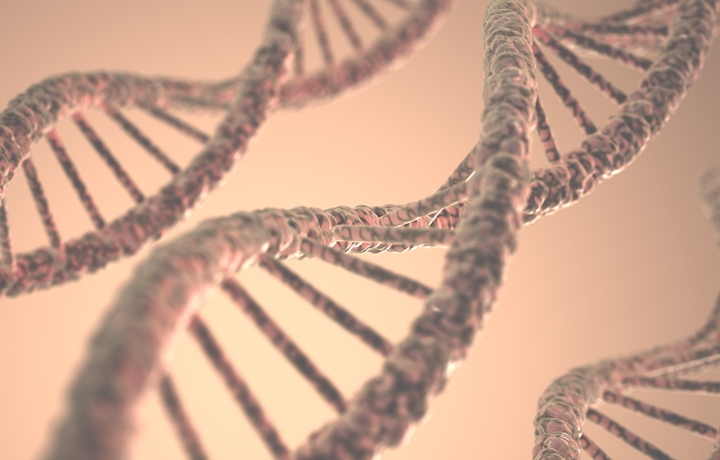
Welcome to part two of our four part series on cystic fibrosis. This series has been created to coincide with Cystic Fibrosis Awareness Month, which is held each May. In this article, we will be sharing the common causes of cystic fibrosis to help you learn more about this condition.
What Causes Cystic Fibrosis?
Cystic Fibrosis (CF) is an inherited genetic disorder that causes mucus to build up within the body. As mucus builds up, it blocks the passageways, ducts, and tubes in organs – causing severe symptoms and increasing the risk of several life-threatening conditions. Cystic fibrosis is particularly damaging to the respiratory and digestive systems.
To understand the cause of cystic fibrosis, we have to take a closer look at genes. Genes are units of heredity passed from parent to offspring (half from the mother half from the father). They are responsible for our physical characteristics, including our skin colour, eye colour, and facial features.
Each gene occupies a location on a chromosome, a microscopic ribbon-like substance located in the nucleus of the cells within our bodies. Chromosomes come in 23 pairs with each chromosome capable of carrying thousands of genes.
Genes are like a rulebook that determines how the body is put together. They tell the body how to make proteins that are essential for creating cells and performing important biological functions.
Unfortunately, genes can sometimes have defects which affect how they work. This is the root cause of cystic fibrosis – it is a defect in the cystic fibrosis transmembrane conductance regulator (CFTR) gene.
The CFTR gene is responsible for creating a protein that regulates how salt and water moves into and out of cells. Everyone inherits two copies of the CFTR gene – one from each parent. If they are both mutated, it may cause:
- Malformed CFTR protein to be produced
- Insufficient levels of the CFTR protein to be produced
- No CFTR being produced at all
Problems involving CFTR protein are the root cause of cystic fibrosis.
The main effect of a CFTR protein deficiency or malformation is that the nature of mucus, sweat, and digestive juices changes. In a healthy body, these fluids are thin and slippery. When a person has cystic fibrosis, they get thick and sticky. This clogs up the passageways, ducts, and tubes in organs.
As the lungs, pancreas, and other organs become filled with thick mucus, causing a variety of symptoms including:
- Persistent coughing that produces thick mucus
- Wheezing and breathlessness
- Frequent lung infections
- Inflamed nasal passages
- Foul-smelling or greasy stools
- Poor weight gain and slow growth
- Severe constipation
- Intestinal blockage
Researchers have found more than 700 mutations of the CFTR gene. However, the most common mutation is the “delta F508 mutation” which causes about 70% of all incidences of cystic fibrosis. CFTR mutations can either be homozygous (the same mutation on both genes) or heterozygous (different mutations).
CFTR Mutation Carriers
It’s important to remember that a person must have two copies of the mutated CFTR gene to have cystic fibrosis – one from each parent. If they only have one mutated gene, they will be a “carrier” of the defect who may pass it onto their child.
If two carriers of a CFTR mutation have a child together, there is a:
- 25% chance that the child will have cystic fibrosis
- 50% chance that the child will also be a carrier of the defect
- 25% chance that the child will not carry the CFTR gene mutation
Thanks for reading What are the Common Causes of Cystic Fibrosis? In the next article in this four part series on cystic fibrosis, we’ll be sharing about the common signs and symptoms of cystic fibrosis.
Sources
https://www.ncbi.nlm.nih.gov/gene/1080
https://med.stanford.edu/cfcenter/education/english/Genetics.html
{{cta(‘d62560c2-336a-4f88-9683-44a37a5bd7fd’)}}


